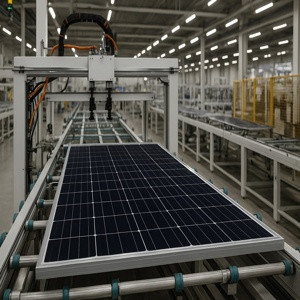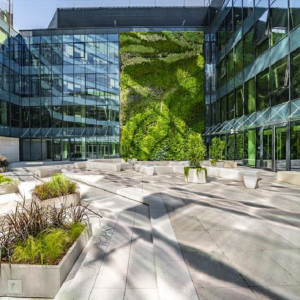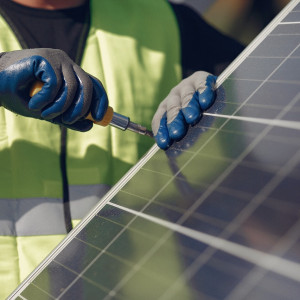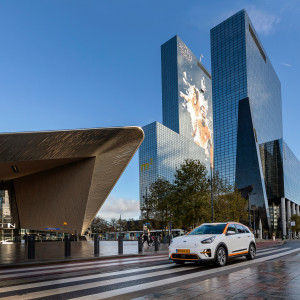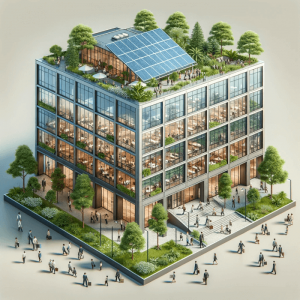In 2025, the commercial PV market was led by high-efficiency n-type silicon modules and robust glass–glass designs. At the same time, emerging technologies—such as perovskite-silicon tandem panels, shingled modules, multi-busbar tiling-ribbon designs, and flexible thin-film CIGS/perovskite modules—began to open new niches in rooftop systems, utility-scale plants, and lightweight applications [1–4, 8, 12–15].
Přehled kategorií
- All
- Analysis (1)
- Building certification (3)
- Carbon footprint (2)
- Metering (1)
- Uncategorized (8)
O našem blogu
Přečtěte si, proč tento blog píšeme. Najdete zde také informace pro přispěvovatele.
Enerfis Blog
BREEAM International New Construction V7 – fundamental changes for investors and clients
BREEAM V7 is rewriting the rules for sustainable buildings, raising assessment standards to a new level. It introduces stricter environmental and technical requirements, stronger alignment with ESG strategies and European legislation, including the EU Taxonomy. With new methodologies and a focus on the entire building life cycle, it equips investors and developers with practical tools to enhance long-term property value, reduce operational and investment risks, and succeed in the face of growing climate and regulatory pressures.
Energy Arbitrage - Part 2: Technical Aspects
In the first part of our topic, you learned how energy arbitrage works, what affects electricity prices on the spot market, and what opportunities and risks this strategy brings for consumers.
We now continue with the topic. Determining whether a battery storage system is a suitable investment for energy arbitrage is not a simple question. A number of technical and economic factors come into play – from battery efficiency, lifespan, and size, to distribution fees and the strategy for charging and discharging control. This article discusses the key technical aspects that must be considered when making a decision.
Energy Arbitrage – Part 1: Spot Prices
Energy arbitrage—buying electricity at low spot-market prices, storing it in a battery system, and then selling or using it when prices are higher—is becoming increasingly relevant with the rise of renewables and battery technologies. In our two-part series, we explore the factors that influence the economic viability of investing in battery storage. We focus on arbitrage combined with standard use—storing excess renewable energy.
The insights in this article are based on our experience and mathematical models, answering questions like: What battery size is most advantageous for a given operation and use case?
SBToolCZ: A Czech Tool for Sustainable Construction
Building sustainability certification is now a key tool for ensuring high-quality design, construction, and operation with respect to environmental, economic, and user-comfort considerations. The Czech SBToolCZ system offers a comprehensive, cost-effective, and legislation-aligned solution tailored to local conditions.
Community Energy
Community energy refers to energy production systems from renewable sources managed by citizens, municipalities, towns, and other communities. Unlike traditional centralized energy models, where energy is produced in large, often distant power plants, community systems enable local energy production from renewable sources such as solar panels, wind turbines, biogas plants, or small hydropower plants. It operates on the principle of the four "Ds": democratization, decentralization, decarbonization, and digitalization [1].
What is new in BREEAM New Construction V7?
BREEAM International New Construction Version 7 is the next version of the world-leading sustainability assessment for the built environment, which will be fully released at the end of 2024. This update ensures that the assessment criteria are current and remain in line with the latest scientific knowledge, thereby increasing the value of sales and rentals.
BREEAM New Construction V7 is more accessible and transparent, continuing to drive performance through design and construction stages – regardless of building type, space use, building age, or performance – to deliver better performing buildings that minimize environmental impacts and support occupant health and wellbeing.
Perovskite the wonder material
What is perovskite?
Perovskite is a natural and synthetic mineral of the oxide group; it is a trioxide of titanium and calcium (CaTiO3).



